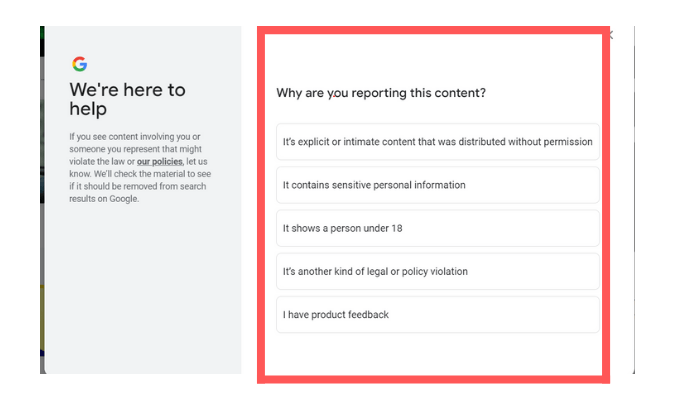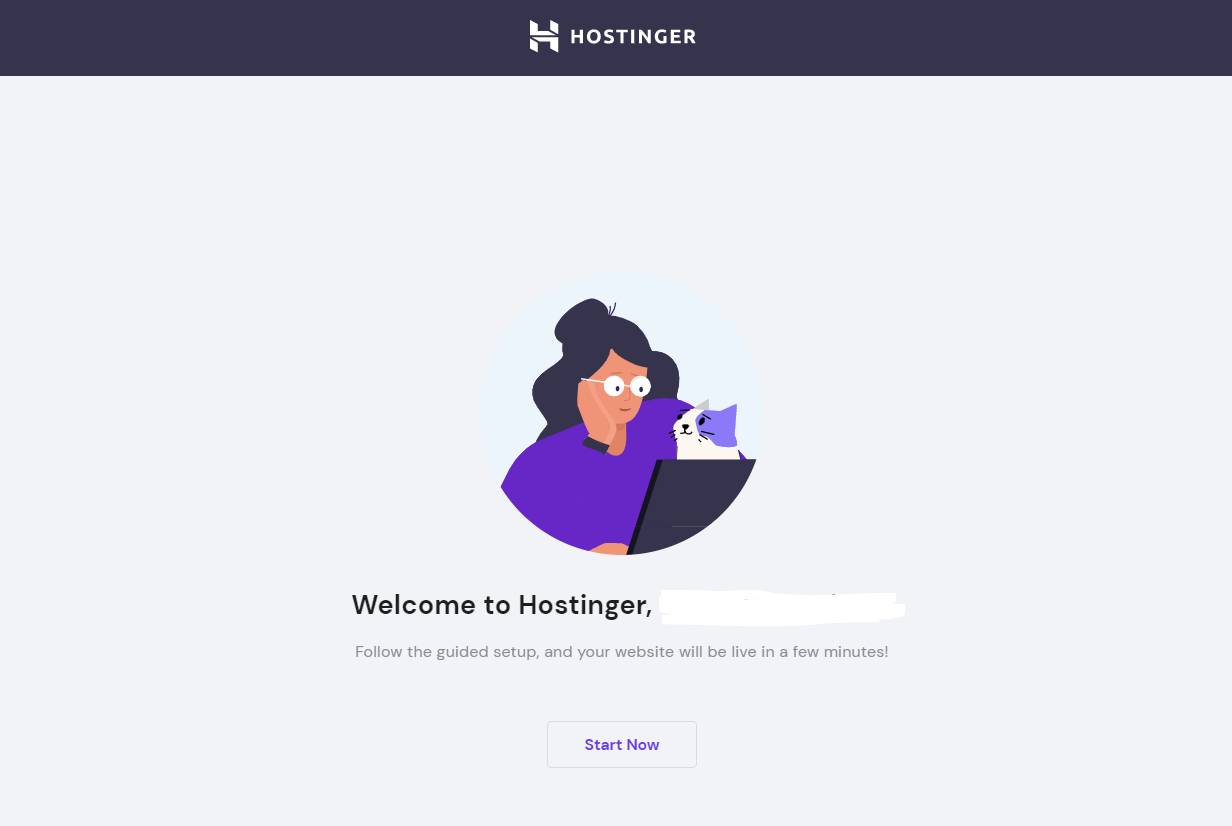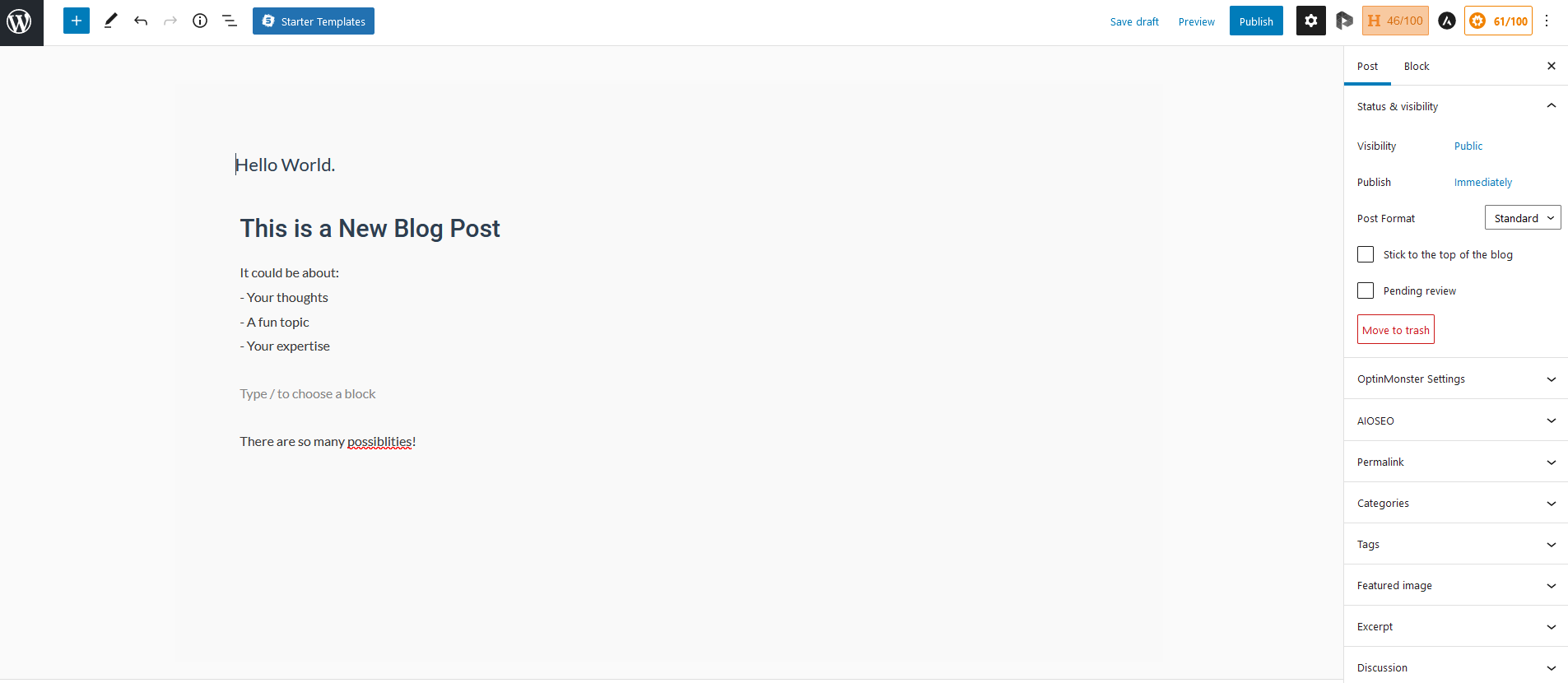SEO isn’t dead—far from it. But it is more competitive than it was ten years ago, which means it’s harder to master than ever. And for small businesses that can’t compete with the big fish for keywords or domain authority, stepping into the world of SEO is daunting.
Luckily, with the right strategies, the right keywords, and the right tools, it’s still possible for new and growing businesses to get on Google’s map. In this guide, we’ll break down the best SEO tools and how to use them, as well as the strategies you need to be using if you want to increase your SEO traffic.
Crazy Egg’s Favorite Tools for Increasing SEO Traffic
Using a great SEO tool will make it so much easier to increase your SEO traffic. Here are our Golden Eggs, which are our top recommendations for tools to help you boost your rankings:
Semrush is our favorite because it has an almost unrivaled suite of SEO features available. It’s easy to use, powerful, and constantly updated to keep up with Google’s algorithms. Try it now for free for seven days.
Google SEO Tools is great because it’s free and beginner friendly, and because it’s a Google product, it has Google-specific information and strategies built in. And there’s no cost to use it. Try it now for free!
AnswerThePublic is one of the best platforms to help you find both keywords and trending questions. This makes it a powerful choice for anyone who wants help creating targeted content as part of their SEO strategy. You can try it for free and test out the features for yourself.

More Top SEO Tools for Increasing Traffic
What you should look for in an SEO tool will differ based on your budget, the size of your business, and your goals. We’ve researched dozens of other options to put together a list of the best ones possible based on features, performance, reputation, and user experience. Check out the full guide here to find out which one is the best option for you.
Step 1 – Get Started with Semrush
SEO can be a hard process unless you’re using the right tools to help you.
And while there are plenty of great tools to choose from, Semrush is one of the best, with everything you need to boost your SEO traffic and stay up to date with Google’s algorithm changes.
The best way to start increasing your SEO traffic is to sign up with Semrush, so you can get access to their huge suite of SEO tools, including an excellent keyword research tool, link-building support, and competitor analysis.
Start by heading over to Semrush’s homepage, and scroll to the bottom, where you’ll be able to sign up for a 7-day free trial. You just need to add a few details like your email address and name, a password, and some payment info, and then you’ll be taken to your dashboard.

Your SEO dashboard has different SEO tools, including a keyword research tool, a link-building tool, and competitor analytics tools. And, if you look at the menu on the left of your dashboard, you’ll see that there are tons of other features like content marketing and social media marketing also included in your account.

Once you’ve signed up to Semrush and you have access to your dashboard, move on to Step 2.
Step 2 – Do Market Research
Once you’ve gotten signed up with an SEO tool, the next step is to do some market research.
This includes looking into both your target audience and your competitors. You’ll see that in the SEO section of your dashboard of tools with Semrush, you have a section called Competitive Research.

This suite of tools lets you analyze your competitors’ traffic, keywords, and domain authority and see which keywords they are using and which ones you aren’t. These tools will also help you understand what is and isn’t working in your industry with SEO and see which words you can try to rank for that are being overlooked by your competition.
You also want to look at what’s trending in your industry and what search terms your target audience is looking for. You can do this by using the keyword research tools in your Semrush dashboard (we’ll break down how in the next step)
Another easy way to do this is by using Google search. If you type in a search term in the Google search bar, you’ll be shown suggestions related to that keyword that people are searching for. This can help give you an idea of what is trending in your industry and what people are searching for.

And, if you click search and load the results, Google also has a section called People Also Ask that will show you related search terms and queries. This can really help you understand your target audience and what topics in your industry people are searching for.

Once you’ve done some research into your competitors and your audience, it’s time to move on to Step 3.
Step 3 – Do Keyword Research
The next step for increasing your SEO traffic is to start using the right keywords.
SEO relies heavily on Google being able to look through your website for keywords that help it categorize your site. So, you need to choose keywords that are as close as possible to what your target audience is looking for.
But you also need to find keywords that are low competition so you have a chance of competing with bigger businesses in your niche. The best way to find these optimized keywords is to use a keyword research tool like Semrush.
If you go to the Keywords Overview section of your dashboard, you’ll be able to analyze a keyword and get the information you need about it, like the competition, search volume, whether it’s trending, and which questions are being asked about it.

Best of all, you’ll be able to take a look at related keywords. Take our above example for the keyword sneakers. If you click on the View All button on the related keywords section, you’ll get a huge list of keywords that are similar to sneakers but with MUCH lower competition.
And with Semrush, you can filter by keyword difficulty and volume, so you can easily find words that you stand a chance of ranking for. As a general rule, unless you’re a big business with a huge domain authority ranking, you want to look for keywords that have a difficulty of less than 30 and a search volume of more than 100. These words will give you a much better chance of ranking on page 1 of Google than competitive words like “Sneakers.”

Once you’ve made a list of all the keywords you can find that has a good chance of getting you ranked and that are relevant to your industry, it’s time to move on to the next step.
Step 4 – Use Keywords in the Right Places
Once you’ve got a list of keywords you can use for your SEO strategy, it’s time to put them into practice. This means placing them in the right places on your website.
Not only should you be using keywords in every piece of content you create (including blog posts, social media posts, videos, and even product descriptions) but you also need to use keywords in your web copy, URLs, and even in your image alt text.
Some of the main places you want to place your keywords to improve your SEO traffic are:
- Page Titles
- URL’s
- Blog Post Titles
- Page/Meta Descriptions
- Image Alt Text
- Headers
- Social Media Captions
- Content
The trickiest part of this is content because, especially if you are doing long-form content, you need to add the keyword in a few different places to get ranked. Luckily, there’s a tool in Semrush to help you successfully add keywords to blog posts. It’s called the SEO Content Template tool, and you can find it in the dashboard menu under On Page and Tech SEO.
You can either get recommendations for where to put your keywords or get a score for how well your content is likely to rank in terms of SEO. You’ll also get to see how your top competitors are using keywords across their content and websites to show you where you need to improve.
Once you’ve added your keywords across your site and content, it’s time to move on to Step 5.
Step 5 – Improve Your Site Speed
Using the right keywords and content is great for telling Google how to categorize your site – but it’s only one part of increasing SEO traffic.
Google also ranks you based on user interactions with your site. This means that things like slow-loading images or pages that cause users to click on your site and then click off immediately can negatively impact your ranking and SEO.
Improving your overall site speed and optimizing your site for UX will have a big impact on your overall SEO and help Google see you as a site worth recommending. If you use Semrush’s Site Audit tool, you’ll be able to see where your site is loading slowly and where you need to improve your site’s performance.

Some of the most common things you’ll need to fix are things like plugins loading slowly, images being too large, or having a bloated web theme. You can easily fix these things by compressing images with a free tool like Tinypng, using a cache plugin to speed up your other plugins and overall site, and switching to a lightweight theme like Kadence.
Once you’ve used Semrush to identify what is slowing down your site, you can move on to the next step.
Step 6 – Create More Content
Google has a pretty sophisticated algorithm when it comes to SEO, and it’s able to identify high-quality content to recommend to users.
The more content you have, and specifically, the more long-form content you have, the more likely Google will recommend you on page one search results. If you have long-form content (generally recognized as content with 2000+ words) it’s likely you’re sharing detailed, high-quality content that’s valuable. Google wants to recommend content like this.
Google also likes to see content that’s connected within your site – and it likes to see that it’s sending people to a site that is constantly being updated. The more quality content you add on a regular basis, and the better your internal link building, the better your chances of getting to page one.
Plus, you’ll have more chances to use keywords and target more of your audience online. You can also create content in different ways – you can create blog posts, social media posts, and even videos on Youtube that link back to your site. The more content you create that links back to your site, the better your SEO and the more traffic you’ll get.
If you need help coming up with content ideas or creating content that’s SEO-optimized, Semrush has a content marketing tool that can help you. It’s not strictly an SEO tool, but it will help you create content that adds to your SEO strategy. You can find it in the main dashboard left menu under Content Marketing.

Step 7 – Use Backlinks
Once you’ve mastered on-page SEO, you can move on to our final step, which is using links (known as backlinks) from other sites back to yours to increase your SEO traffic.
This is called “off-page” SEO. Google wants to send users to high-quality sites, so it looks at sites with domain authority for recommendations. If it sees that people trust you enough to recommend your site to their audience, Google will start sending organic traffic to you, too.
This is where backlinking comes in – which is the practice of getting links to your site from another site with a high domain ranking. You’ll get organic traffic from the link, and you’ll improve your SEO because Google will see you as a more trustworthy source, and will be more likely to rank you higher.
To get backlinks for your site, you can try:
- Guest posting on other people’s blogs
- Giving interviews or expert quotes to journalists
- Doing podcast Interviews
- Collaborating with people in your industry for social media posts
- Joining HARO (Help A Reporter Out) to connect with writers
Something to keep in mind here is that backlinks are only as valuable as the site you are linking from. If you just start linking your site everywhere you can, with no clear reasoning behind it, or on websites that have nothing to do with your niche, Google will know, and it will hurt, not help your SEO.
Instead, focus on reaching out to websites in your niche to try to get featured on high-ranking sites. You can also use Semrush’s backlinking tools for auditing your current backlinks, getting recommendations for which sites you should reach out to for backlinks, and help with strategies for landing successful backlinks.
















